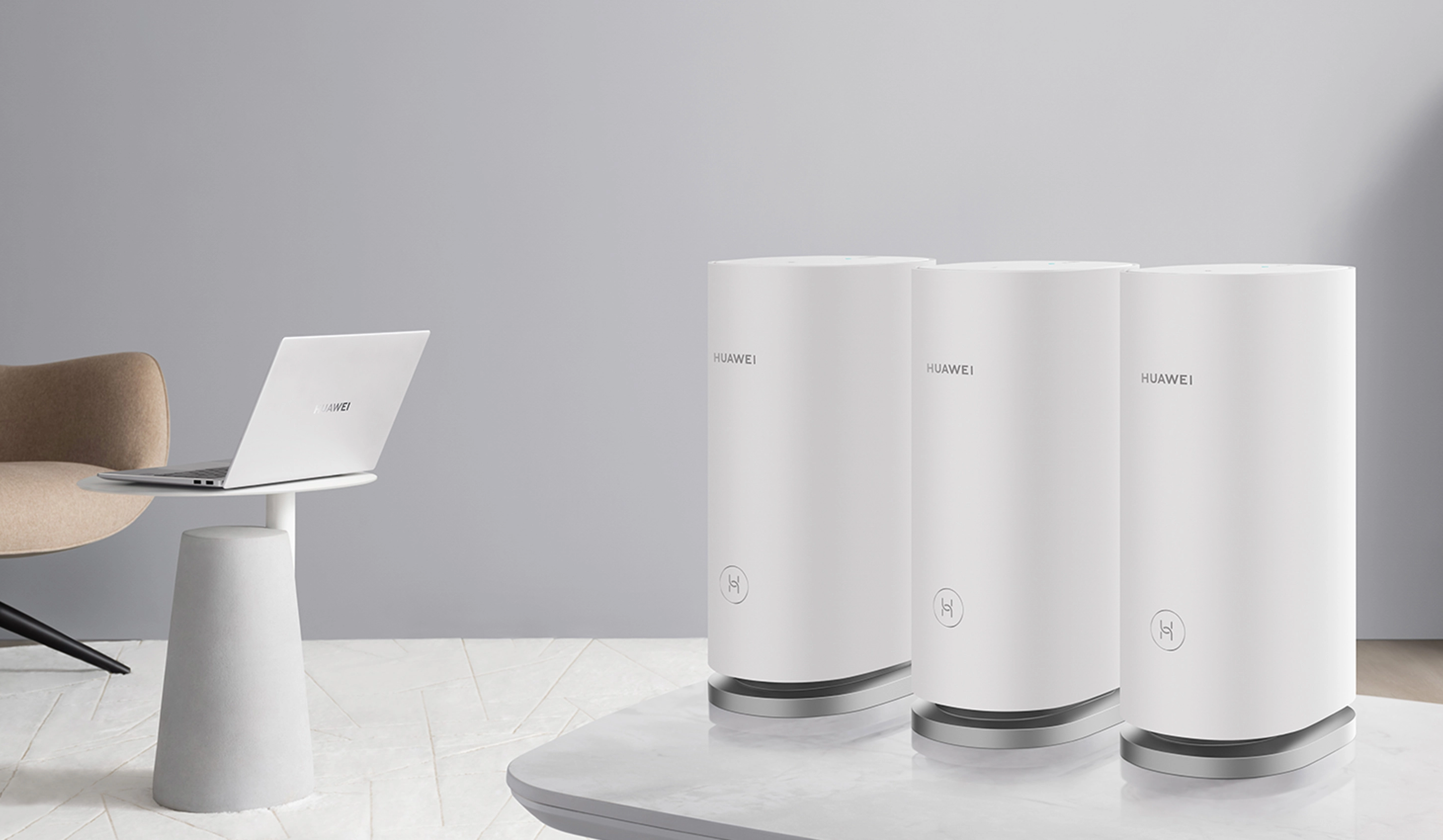Gadget of the Week
Gadget of the Week: Huawei Mesh 3 transforms Wi-Fi
Deteriorating Wi-Fi meant it was time for an upgrade, but the results were unexpected, writes ARTHUR GOLDSTUCK.
What is it?
Anyone who has had a Wi-Fi network at home or in a small business for a while starts experiencing glitches and inconsistent connectivity. Sometimes rebooting the fibre box helps, other times normal service resumed after switching on and off all the routers connecting the fibre to the rest of the building. In most cases, the Internet service provider is blamed.
After just too many connectivity outages for comfort, we analysed our routers and discovered a key unit was faulty. However, we were also frustrated with the performance of our daisy-chained network of Wi-Fi extenders. Far corners or the building could not be reached and connected TVs buffered their streaming content too much for comfort.
It was time to rip and replace. Out went the 5-year-old assemblage of routers and extenders, and in came the sleek new Huawei Mesh 3 AX3000, or rather a 3-pack of these routers. They are equipped with the latest Wi-Fi standard, Wi-Fi 6 Plus, which features dual-band transmission, with a 5GHz band capable of a data transmission rate of up to 2402Mbps and a 2.4GHz band offering up to 574Mbps. Of course, that performance depends on the speed of the fibre link, and won’t exceed the maximum speed being delivered to the home.

Our fibre access point is paired with a Comsol microwave link, bonded together via a Fusion Broadband box. The Mesh 3 routers were linked to this box via a new Huawei WiFi AX2 home router. Also, a Wi-Fi 6 router, it features dual-band access, with the of 5GHz band delivering data transmission speeds up to 2,402Mbps and the 2.4GHz channel up to 574Mbps. This adds up to a theoretical speed of 3000Mbps, hence the AX3000 label.
The system was set up via the Huawei AI Life app, downloaded onto a Samsung smartphone. I’d like to say it was as easy as having the app detect and connect the devices, but it took a frustrating hour of trial and error before discovering that our backup Wi-Fi network was in effect a competing Wi-Fi network that created enough confusion for the app to prevent automating the process.
Once we switched off the network, AI Life quickly and easily detected and connected each of the routers on turn, providing a clear visual representation of the devices. We started with the AX2, and linked two of the Mesh 3 units directly to it. The third was then linked to one of the other two, mesh-style.
The result? Astounding.
Connectivity speeds to the opposite ends of the building were literally doubled. And those far corners Wi-Fi couldn’t reach? Suddenly they had access, at reasonable speeds. Connecting more than a dozen demanding devices did not compromise the performance. Huawei says it can connect up to 250 devices. We didn’t go that far.
More significantly, in the three weeks or so since the new set-up was installed, we have not needed a single reboot.
The app is useful beyond set-up, allowing for management of guest access, parental control and checking on the status of connected devices.
Finally, the mesh network provided one key feature we had not experienced before: seamless handing over to the closest Wi-Fi access point as we moved around the building. Should a connection drop, however, the units are all fitted with NFC, meaning one can tap a phone on the top of the router to connect it. That’s ideal for giving guests access without having to give them a password.

What does it cost?
The Huawei WiFi AX3 router is available in the Huawei Store for R1,499.
The Huawei Mesh 3 AX3000 costs around R4,500 for a 3-pack.
Why does it matter?
Good Wi-Fi is mission-critical for small businesses, and entertainment-critical for homes. That, in turn, means that cheap or old routers no longer do the trick in a home with multiple rooms, multiple users and multiple connected devices.
What are the biggest negatives?
- The AI Life app can be confused by multiple competing networks.
- A state of the art in mesh networks does not come cheap.
What are the biggest positives?
- Supports several hundred devices.
- The elegant Mesh units are not unsightly when dotted around a home or office environment.
- Once the AI Life app detects the devices, set-up is near-seamless.
- Superb performance, extending to far corners of a large building. Limited degrading of signal when daisy-chained as a mesh network.
* Arthur Goldstuck is founder of World Wide Worx and editor-in-chief of Gadget.co.za. Follow him on Twitter and Instagram on @art2gee

















